Why Cargo Tank Atmosphere Evaluation is Done on Tanker Ships?
Merchant ships are categorised on the basis of the cargo they carry. The two basic pool of cargo ships are – 1. dry ships, comprising of container ships, general cargo ships, bulk carrier ships etc., and 2. tanker ships or wet ships such as oil tanker, chemical tanker, gas carriers etc., which carry cargo of hazardous nature in liquid, vapour or solid form.
The cargo carried in later type of the ship i.e. tankers is much more hazardous and reactive than that carried by dry ship. It’s therefore very important that the tanks which carry such cargo are of approved types and as per the requirements of different safety codes such as – IGC, IBC, IMDG etc.
Tank Atmosphere
The atmosphere inside cargo spaces of tanker ships can be one or combination of the following:
Flammability
Flammability is a primary risk in the handling of oil and petroleum cargoes
- This can be further classified into :
- Non Volatile Cargo: With a flash point of 60° and above as determined by the closed cup method of testing
- Volatile Cargo: With a flash point of below 60° as determined by the closed cup method of testing
Toxicity
This factor defines how much the substance being carried is unsafe when touched, swallowed or inhaled by humans. Chemical cargoes carried in bulk are normally toxic in nature. Gas generated from the oil/ petroleum product can be considered as toxic as they contain HC which is harmful for humans.
Polymerisation
This factor is considered for chemical cargo and a type of self-reaction wherein the gaseous or liquid cargo converts in to viscous liquid or solid. This process is harmful for the cargo itself.
Reactivity
Reactivity with air, water, other cargo: Some chemical cargoes (for e.g. isocyanates) may react with water and form toxic vapours or may damage the cargo equipment or tank in which they are stored.
Some cargo (for e.g. ethers and aldehydes) reacts with air and form unstable oxygen compound which may lead to explosion
Chemical cargoes if stored together without knowing the result may react with each other and may lead to fire, explosion, release of toxic vapour and damage to cargo tanks and equipment. It is important to separately carry each type of cargo as in chemical tankers, even a bulkhead separation is considered as unsafe. Two different cargoes need to have a void space or cofferdam between two tanks to avoid such reaction
Oxygen Deficient
Most of the oil and chemical cargo are carried under inert condition for safety of ship and crew. The oxygen content in the tank is decreased to safe level for the cargo by “inerting” the tank. Even after emptying the cargo, the oxygen level will remain at dangerously low level unless the tank is prepared by use of fresh air supply and monitoring equipment for continuous checking of O2 level
Corrosive
Some cargoes (for e.g. Sulfuric acid) is highly corrosive to most metals and hence can effect the internal structure of the tank and cargo equipment. They are normally carried in stainless steel tanks but it is important that before loading, the tank is free from water, chlorides, foreign particle or any previous cargo residue. The tank can be passivated using nitric acid which builds a passive layer of chromium oxide helping in protection from corrosion.
Hence requirement for controlling the tank atmosphere largely depend on:
- Type of Cargo to be carried
- Variety of cargo to be carried at the same time
- System and machinery fitted to maintain the required atmosphere condition
- Condition of Tank coating, if applicable
- Type of protection (inerting/ passive layer etc.) in the tank
Importance of Tank Atmosphere Evaluation
A cargo tank of a tanker ship is the most important and highly dangerous space onboard ships as it carries cargo worth millions of dollars and has high risk of explosion, spillage, fire, health hazard etc.
It is important to evaluate the atmosphere of the cargo tanks because of the following reasons-
- Before entering for inspection as it is an enclosed space.
- Before entering for repair work
- Before taking a ship to dry dock or shipyard
- Before gas-freeing operation
- Before “Inerting” the tank
- Before doing purging operation
- Before loading new cargo in the tank
- Before Washing the Cargo Tanks
- Before performing Wall test in chemical Tankers
Data for Tank Atmosphere Evaluation
An evaluation of the cargo spaces in tanker ships is the only way to get the correct statistics about the composition of the tank atmosphere to carry out the above mentioned operations. All the above operations require human entry inside the tank hence the crew responsible for such operations must know various compositions in the atmosphere of the tank and make an entry as per SOLAS Regulation XI-1/7. Following are the data required and steps to be taken from the tank or cargo to evaluate the atmosphere inside it-
- Nature of constituent gases
- Toxicity: The cargo tank atmosphere should not contain any significant concentration of toxic gases
- Oxygen Content: The Oxygen content should be confirmed as 21% before entry and maintained thereafter till the work inside the tank is finished
- Hydrocarbon content/ Flammability: the safe gas concentration in any enclosed spaces including cargo tanks should not be more than 1% of the Lower Explosive Limit of the dangerous substance
- Reactivity: Ensure the material used for certain reactive cargoes are approved under MSDS and not reactive to it. For e.g. acid resistant hose to be used for sulphuric acid cargo
- Inert gas system status: inert gas system needs to be isolated. It is recommended that cargo tanks adjacent to the space to be entered should also be tested for cargo vapours and/or toxic gases and oxygen content and, where appropriate, the inert gas pressure should be lowered to reduce the possibility of any inter-tank leakage
Different equipment for atmosphere evaluation:
- Oxygen Indicator: To check the content of O2 inside the tank
- Combustible Gas Detector: To check the composition of gases inside the tank and flammability level and can be used for measuring hydrocarbon gas in inert atmospheres
- Explosimeter: These are modern gas detectors used to check the composition of gases inside the tank and flammability level. The sensor used in explosimeter is of catalytic type, also known as “Pellistor”, which are poison resistant element. Such element requires presence of oxygen (minimum 11% by volume) to operate efficiently and hence explosimeter should not be used for measuring hydrocarbon gas in inert atmospheres.
- Toxic Gas Detector (Dragger gas detector): to check the toxic level inside the cargo tank
- Vapour monitoring: Some cargoes (crude oil, naptha etc.) produce H2S which is toxic, corrosive and flammable gas. H2s vapour analyser is used to check the TLV – TWA for H2s and should be 5ppm over a period of eight hours.
It is very important to take measurement of the tank atmosphere at various points to ensure that there are no harmful gases trapped inside. Gases such as hydrocarbons have a tendency to form pockets of inflammable gas which remains trapped within layers of tank even when the rest of the tank atmosphere is showing normal.
Disclaimer: The authors’ views expressed in this article do not necessarily reflect the views of Marine Insight. Data and charts, if used, in the article have been sourced from available information and have not been authenticated by any statutory authority. The author and Marine Insight do not claim it to be accurate nor accept any responsibility for the same. The views constitute only the opinions and do not constitute any guidelines or recommendation on any course of action to be followed by the reader.
The article or images cannot be reproduced, copied, shared or used in any form without the permission of the author and Marine Insight.
Do you have info to share with us ? Suggest a correction
Latest Ship Safety Articles You Would Like:
Subscribe To Our Newsletters
By subscribing, you agree to our Privacy Policy and may receive occasional deal communications; you can unsubscribe anytime.



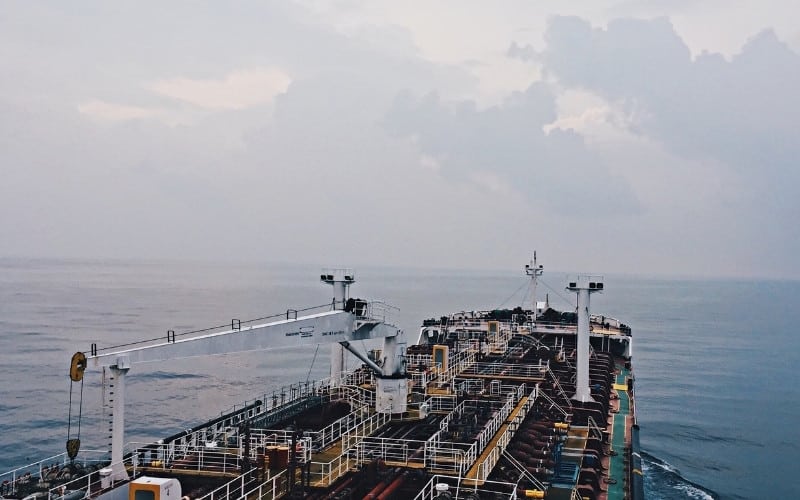
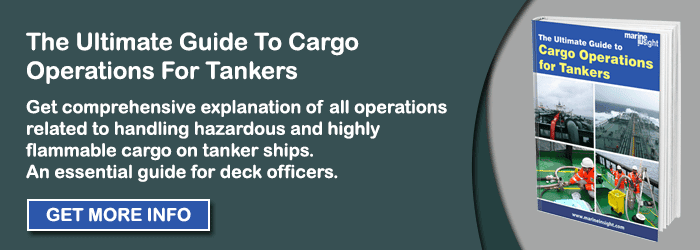
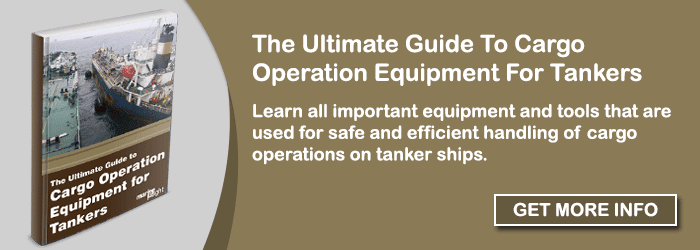
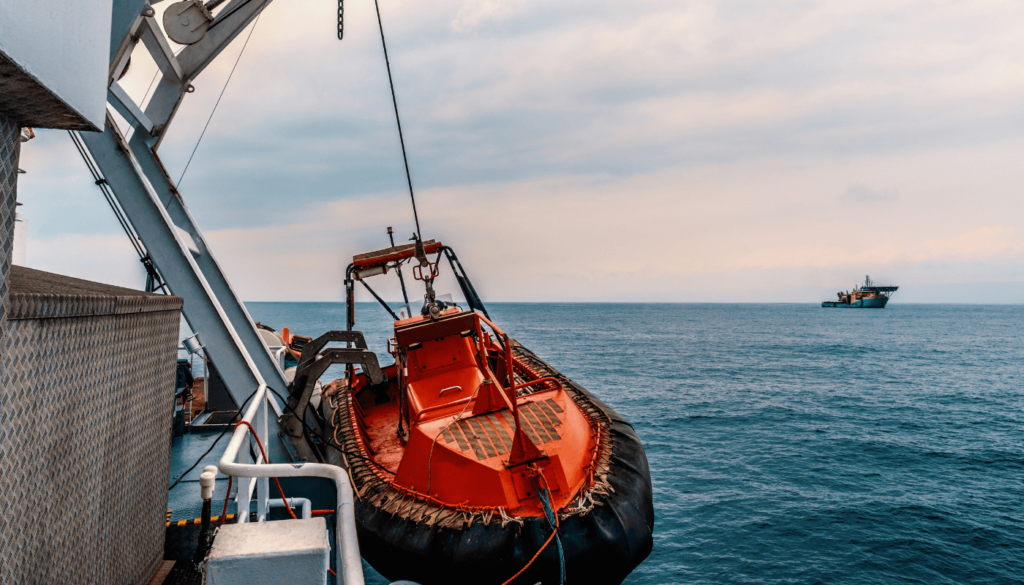
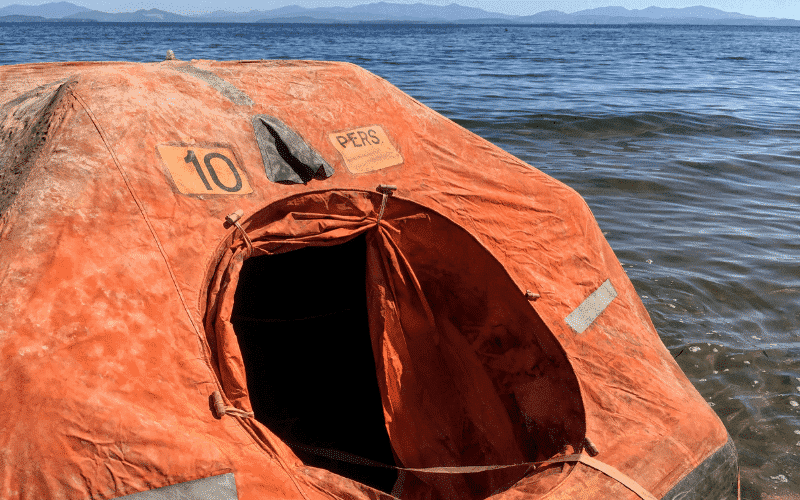
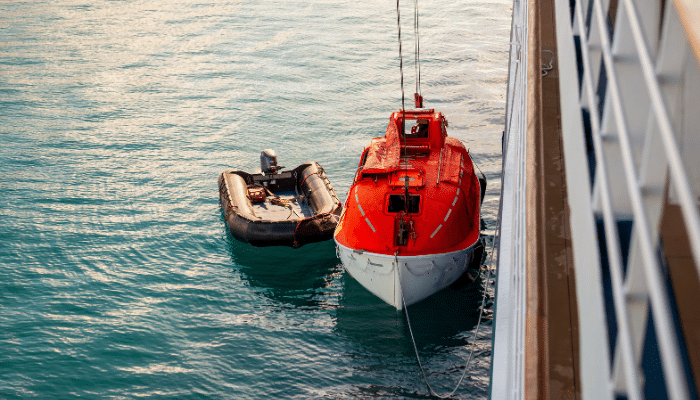
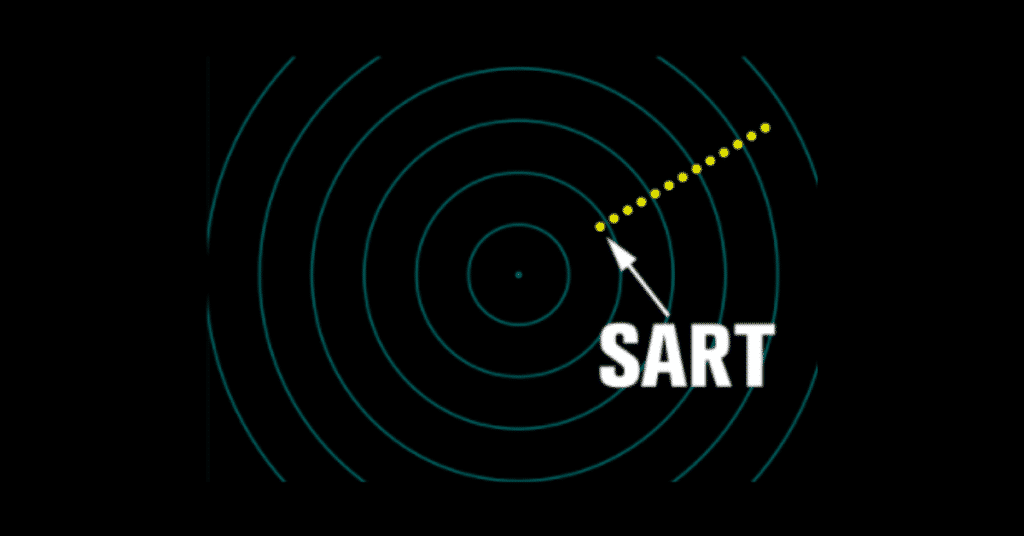
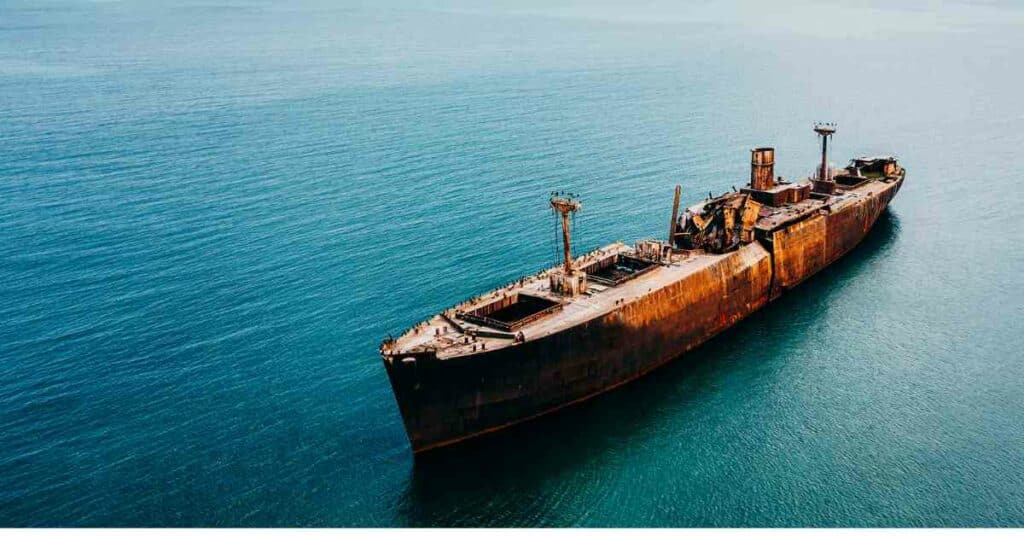

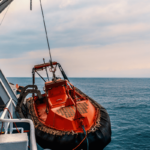
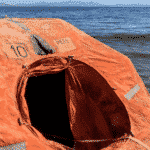
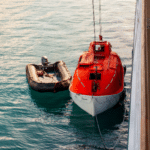
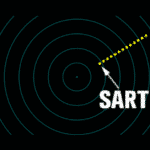
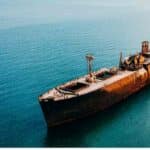
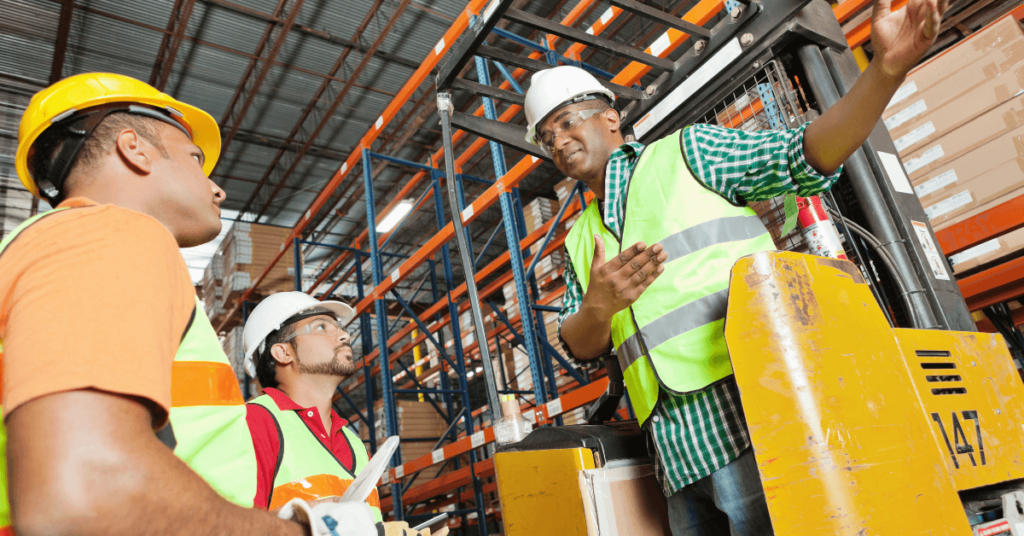
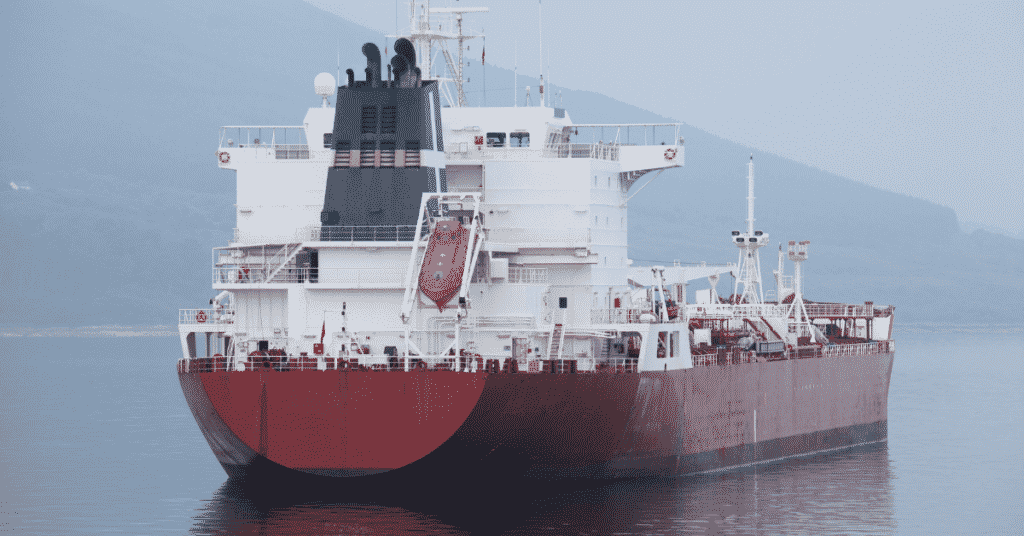
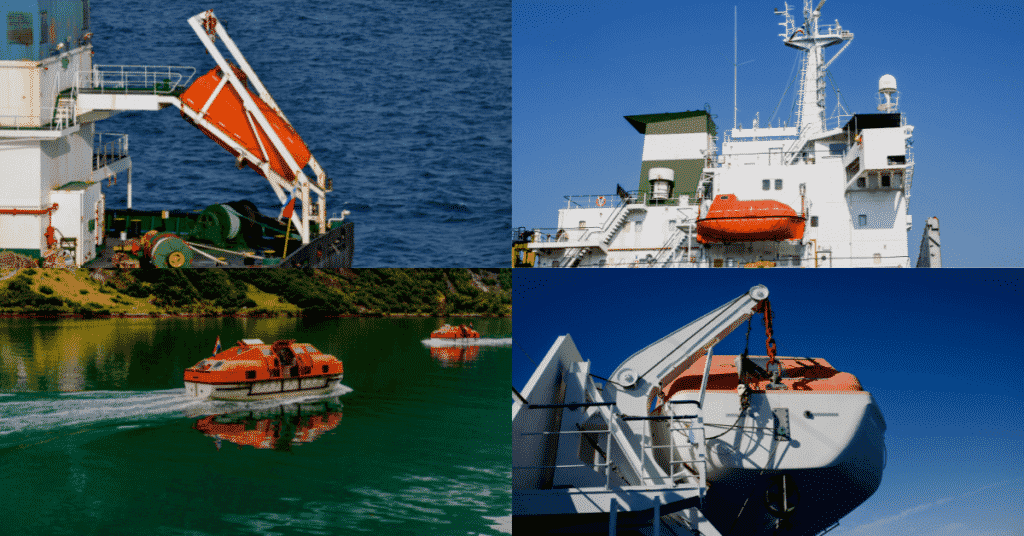
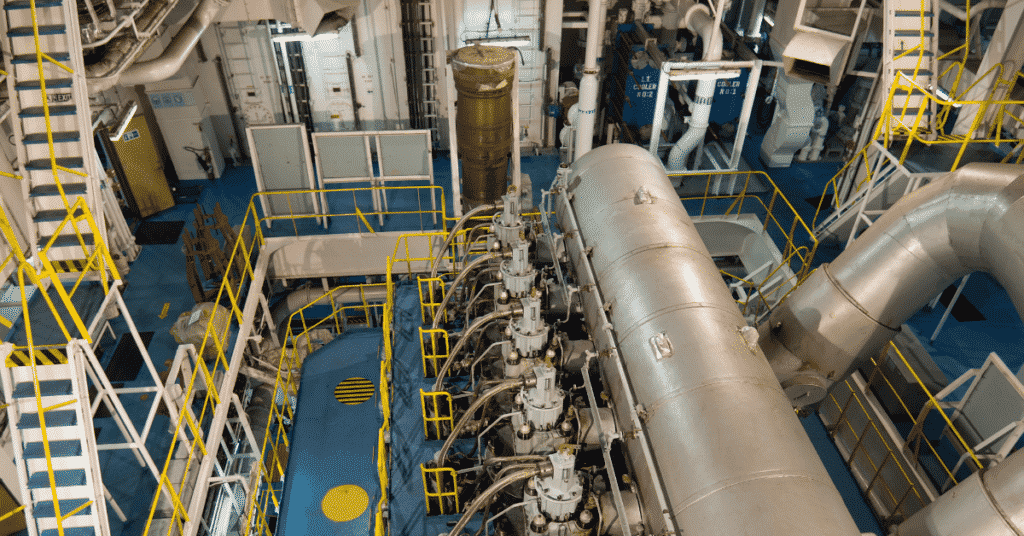
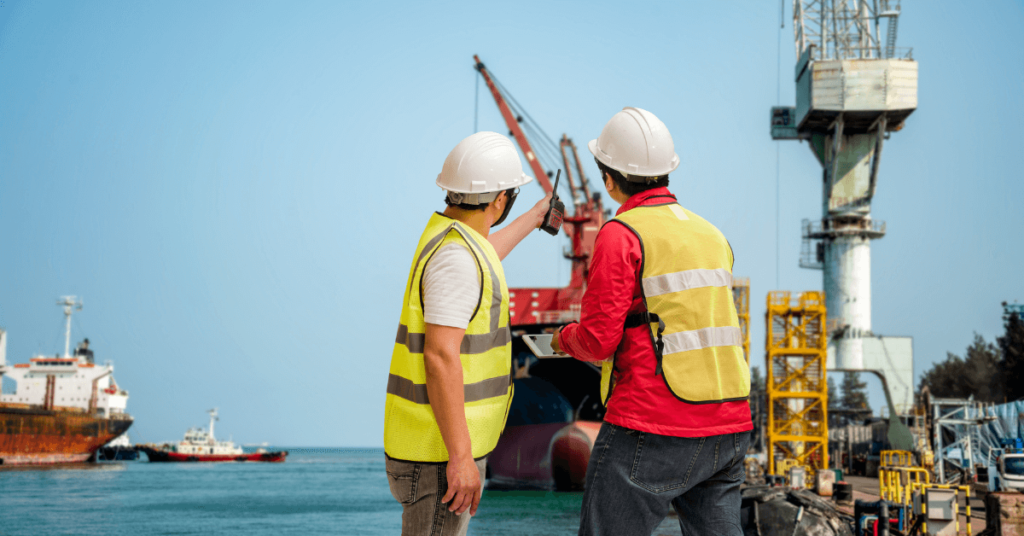
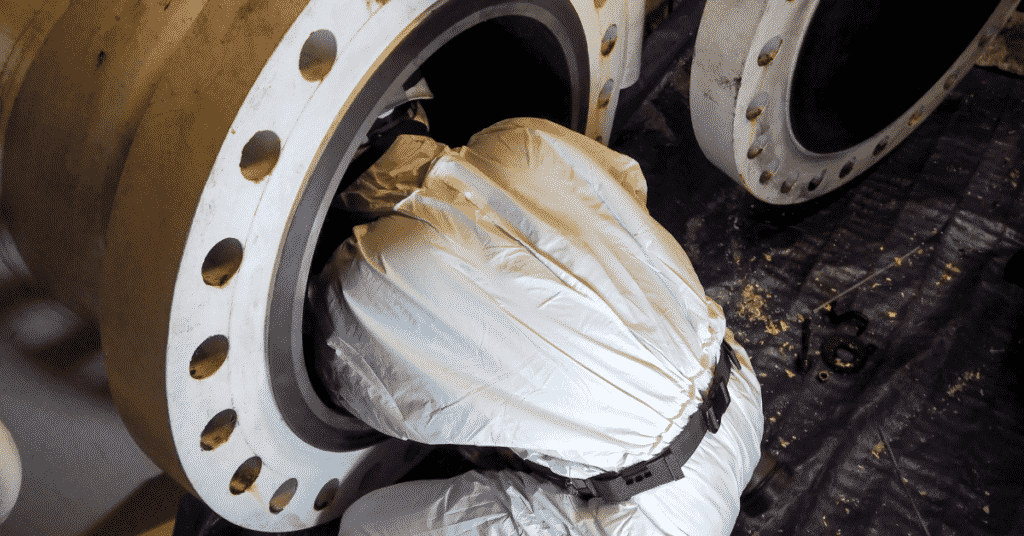
“Before performing Wall test in chemical Tankers”…i think that you are referring to Strength test
@Feraru: The author here is talking about the “Wall Wash Test” which is the sampling of the impurities and contamination present on the sides of the cargo tank.
Good day sir, I attempt to share these information to my classmates for further knowledge. Thanks.